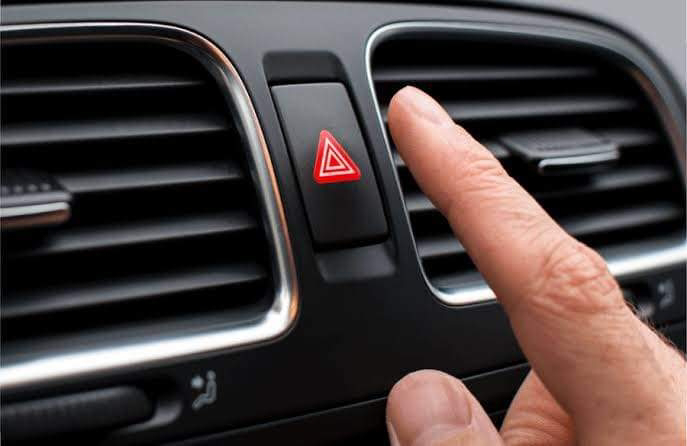•Swinburne researcher calls for smartphone addiction to recognised as a clinical condition to help address the mental health crisis
•New Swinburne research highlights smartphone dependence can easily become a severe addiction
•Researcher Saqib Nawaz is calling for smartphone addiction to be recognised as a legitimate clinical addiction so that it can be treated effectively
•Logging excessive screen time, neglecting offline activities and feeling uneasy when not able to check notifications are all signs of phone dependency
Missing out on life
When Saqib Nawaz tried to have a meaningful conversation with his friends who were too busy being mesmerised by their phones, he shrugged it off as the new normal. It wasn’t until he started missing his train stop due to being glued to his phone, he realised just the extent of the problem.
“Being unable to enjoy a meal without watching a video, using my phone in situations like in the toilet or shower and prioritising phone use over other activities like sports made me realise that I am highly dependent on my smartphone.”
Mr Nawaz began started researching phone use and says people’s unwillingness to openly discuss their usage problems only highlights the issue.
Addiction not yet recognised
New Swinburne research by Mr Nawaz reveals problematic phone use and dependence can easily form an addiction, a severe and clinical condition, if not urgently intervened.
The research stresses the need for educational programs in schools and workplaces, stronger regulations that protect user data, mental health support program investments and research into what is an increasingly new and alarming issue.
If you’re logging excessive screen time, neglecting offline activities and feeling uneasy when not able to check notifications regularly, you could be suffering from phone dependency.
“While smartphone addiction is not yet clinically recognised, many experienced researchers have identified striking similarities with substance-related conditions and addictions,” says Mr Nawaz. “Addressing this issue proactively is important to manage this growing concern effectively.”
A need for change
Mr Nawaz says it is essential for individuals to use phones mindfully and strike a balance between the benefits and potential drawbacks.
“Improving smartphone reliance, both at the individual and societal levels requires a balanced and thoughtful approach to ensure that phones enhance our lives without causing negative consequences.”
Mr Nawaz suggests tactics such as:
Setting screen time limits
Creating opportunities to spend time with loved one’s face-to-face
Going on a digital detox, or scheduling tech-free mornings/evenings
“Individuals with problematic smartphone dependence often find it difficult to control their phone use, despite their best intentions to reduce or stop,” says Mr Nawaz.
“We need to encourage institutions and organisations to establish policies that prevent users from using phones in certain situations and promote work-life balance, including measures to avoid after-hours work-related phone use,” he says.
“Being more present reduces stress, boosts productivity and creates better social connections in real life. Mental illness is already through the roof - that’s why tackling phone dependency is so important.”
Swinburne researcher Saqib Nawaz is available for an interview.














